Aircraft Electrical Propulsion holds numerous opportunities for businesses and consumers. Learn more about electric propulsion in aerospace here.


Environmentally-friendly air travel continues to grow and grow
Green air travel reaches for new horizons
This article was published on September 10, 2021 and was last updated on March 4, 2022.
The sustainable aviation movement began in earnest in 2010, and since then the push for new aircraft designs has been steadily gathering momentum year on year. In 2017, hydrogen joined pure-electric and hybrid-electric as a carbon-neutral power source, though the technology is still in the early research stages. Over the past year there have been two further new trends: SPACs to allow promising advanced air mobility startups to enter the public investment market more quickly, and a renewed focus on regional air mobility. As the shorter-range urban air taxi (or urban air mobility craft) space becomes more crowded, companies are pushing towards longer-range use cases to meet inter-city transport needs.
Over the past six months there have been many new innovations, unveilings and shifts in the AAM space . Newly announced aircraft development continues to skew from its position of around 50:50 pure-electric to hybrid-electric in the early 2010s more towards pure-electric alongside the newer hydrogen segment. And the first orders for hydrogen-electric conversion kits by regional airlines further highlight the advent of hydrogen propulsion being considered a viable technology. At the start of February 2022, electric vertical take-off and landing aircraft (eVTOL) heavyweight Joby Aviation broke the highest altitude record for an eVTOL of over 10,000 feet (3,050 meters), continuing to demonstrate the strength of its flagship S4 offering, which had already beaten previous records for both speed and distance travelled. Other major projects announced since August 2021 include Jetson's pure-electric Jetson ONE, Airbus' new urban taxi the CityAirbus NextGen, the German eMagic One, and Skyworks Aeronautics' electric-hybrid Hawk 5 project.
North America and Europe are still the heartland of Advanced Air Mobility R&D
The traditional aerospace centers, Europe and North America, continue to be the centers of AAM research and development, home to 84% of the ongoing projects. Nonetheless, the rest of the world still features many hopeful Urban Air Mobility (UAM) projects. For example, SkyDrive, the Japanese company that came out of early UAM startup Cartivator, just unveiled their flagship autonomous single-seater the SD-03 for the first time outside of Japan at 2022's Consumer Electronics Show in January. Fully battery powered, the current major limitation of the flight-tested prototype is its low range of ~6 km, with a main goal of SkyDrive being to increase the aircraft's range by 2025, its target year for entry into service. Another global contender is Israeli startup Eviation with their Alice aircraft, which is completing engine testing and has announced its first flight test for Q1 2022, with the intention being for it to enter service in 2023 with regional airline CapeAir who placed an order for 92 of the craft in 2019.
"The focus on electrically propelled developments has partly given way to a focus on hydrogen since 2019, the latter accounting for around a third of new projects in 2021."
Partnerships and SPACs are the fuel propelling sustainable and AAM development
Many of these projects involve major partnerships: Off the back of the major collaboration in the first half of 2021 between Joby Aviation, JetBlue and Signature Flights to achieve net zero aviation emissions through electric and hydrogen credits for flights powered by green electric or hydrogen propulsion technologies, we've seen numerous partnerships emerge over the course of the year. For example, Alaska Air Group (a division of Alaska Airlines) announced in October 2021 the start of a partnership in developing a hydrogen-electric powertrain with ZeroAvia. Norwegian airline Widerøe has also been very busy in the sector, partnering first with Rolls-Royce and Tecnam in March 2021 to create a fully electric aircraft for the Scandinavian commuter market, later teaming up in November 2021 with Embraer's Eve to create an eVTOL concept, and most recently in February 2022 at the Singapore Air Show joining with Embraer and Rolls-Royce to study zero-emission regional aircraft concepts.
The SPAC boom has also facilitated growth in the sector. A SPAC is a company created solely to acquire a private company, in this case an AAM startup, in order to allow it to go public faster and more cost effectively than through a traditional IPO. A notable example of a successful SPAC merger in the space is the merger of Joby Aviation and the SPAC Reinvent Technology Partners, with Joby becoming publicly traded in August 2021. Vertical Aerospace followed with another SPAC, which was publicly listed in December 2021. On the imminent horizon is the listing of the urban air mobility business Eve, majority owned by Embraer, on the NYSE through a combination with the SPAC Zanite Acquisition Corp.
UAM continues to be the dominant category within AAM, but regional air mobility is on the rise
Among sustainably propelled aircraft UAM concepts remain the most common, at about 40% of all electric and hydrogen-propelled aircraft programs (as of January 2022). This is epitomized by the strong reception to Vertical Aerospace for their VA-X4 urban air taxis, which have had orders agreed with numerous airlines. For example, the contracts include an order of 250 VA-X4s with the Brazilian airline GOL, 50 with Japan Airlines, and Virgin Atlantic also has pre-order options for them.
The energy density of batteries (typically Li-ion ) is significantly lower than that of jet fuel, and the longer the flight becomes, the more significant this disparity is. As a result, competing against carbon-intensive aviation at longer ranges is even more challenging than doing so at short range, and is one reason why many electrically propelled aircraft programs started with the development of short-range craft. However, as the UAM industry has started to become crowded by a large number of players and engineers begin to solve many of the principal design challenges for these smaller-scale intra-city craft, it is only natural for the scale to increase and inter-city flight to become a more appealing R&D space. Despite the greater challenge, startups as well as incumbent aircraft OEMs are turning their hand to regional air mobility, the segment of the aviation market for inter-city travel. About 20% of European programs are focused on regional aircraft compared to only about 15% of North American programs.
One potential justification for this is the stronger startup culture in North America. Fully 76% of sustainable aviation projects in North America are by startups, compared to 59% of projects in Europe. Furthermore, as startup teams – starting with little money and stakeholder support – often face even greater scrutiny than R&D teams of aerospace primes and government-funded projects, this incentivizes the development of aircraft less likely to compete with existing offerings by OEMs at longer ranges. As a result, in Europe there is stronger investment by incumbents and government-funded/university programs (which comprise 55% of all regional air mobility project OEMs, compared to 27% in North America), meaning regional-scale aircraft are more viable as a development goal. This bias towards larger sustainably propelled aircraft in Europe also corresponds with the continent's currently greater focus on decarbonisation in aviation.
The slow ascendence of regional air mobility is exemplified by companies such as Dufour Aerospace, whose inter-city aEro 3, unveiled in 2021, marks a turning point compared to their previous short-range aEro craft, alongside Pyka who succeeded their initial short-range Pelican model with the inter-city P3. However, for the most part, existing OEMs are sticking to the ranges in which they are already comfortable; the biggest successes in regional air mobility are by the inter-city specialist startups Heart Aerospace and ZeroAvia, who during 2021 secured "orders" for 300 total aircraft by regional airlines. As these orders are non-binding, the risk still lies with the OEMs, but they clearly indicate an ongoing transition and growing operator support for low/zero-emission aircraft technologies.
Hydrogen propulsion continues to be developed for middle-distance travel
The more extensive infrastructure required for hydrogen refueling than for electric battery recharging mean that hydrogen-propelled aircraft do not suit UAM projects, as urban vertiports where urban air taxis would land and take off are intended to be more densely packed and smaller than a full hydrogen refueling setup would require. As a result, hydrogen projects focus instead on longer inter-city ranges, where they can provide a more compelling case in comparison to battery-powered craft.
Another obstacle with hydrogen refueling is the long service lifetime of planes. As the average aircraft is in service for an average of 20-25 years, the transitionary period for regional travel where both hydrogen and jet fuel refueling infrastructure would need to be in place at the same time (greatly increasing overheads) is long. In order to cut down the duration of this transition period, some companies are even exploring aircraft retrofitting as a solution.
One example of a startup making progress in the space is Universal Hydrogen, a US startup developing both a hydrogen retrofitting conversion kit to adapt existing jet fuel craft as well as working on a hydrogen fuel distribution system. The airline Icelandair has signed a letter of intent with Universal Hydrogen to collaborate on generating hydrogen aircraft, to help meet its aim for full decarbonization of its national flight network. Similar to ZeroAvia's track record with Alaska Air Group hydrogen conversion kit pre-orders, the Californian startup has also had success with advance orders: In December the proposed Boston-based airline Connect Airlines also ordered 24 of their conversion kits.
Despite ongoing uncertainty around the recovery of the global aviation sector, 2021 has clearly been a strong year for sustainable aviation , across geographies, range segments and propulsion technologies. With the extra lift provided by numerous new partnerships and SPACs and continued research into hydrogen propulsion through retrofitting to facilitate carbon-neutral regional flight, we can reasonably expect even faster progress in the future.

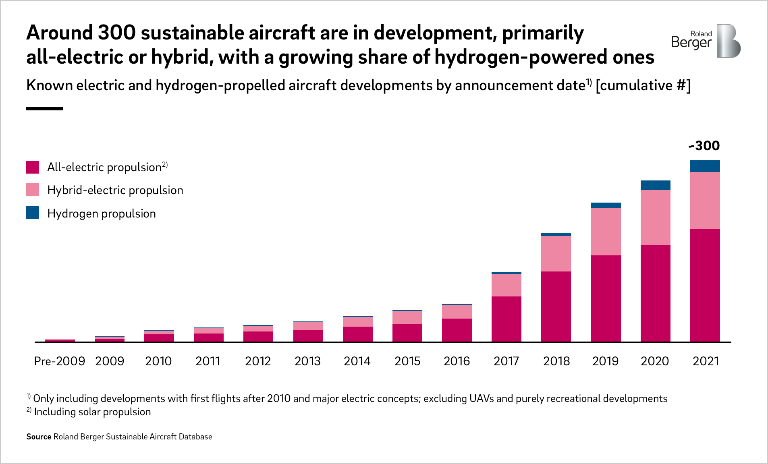


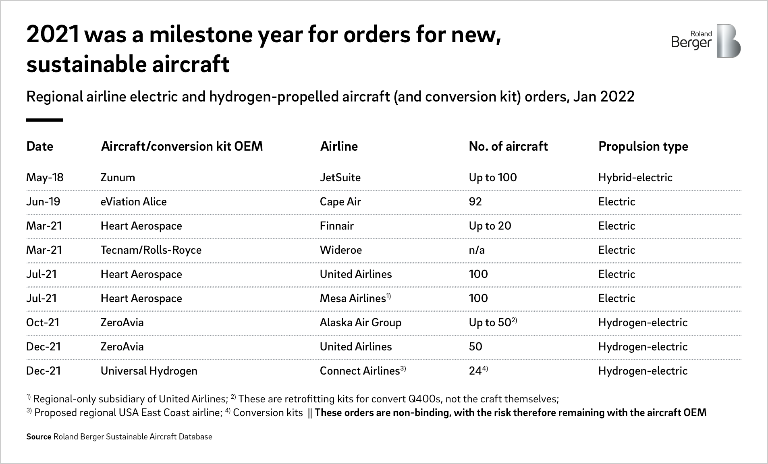

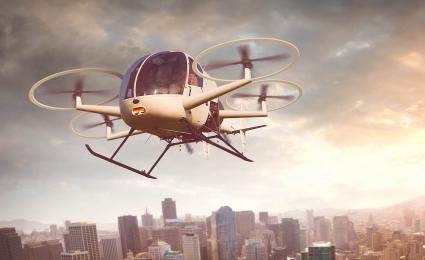
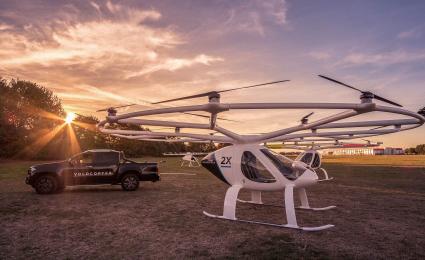
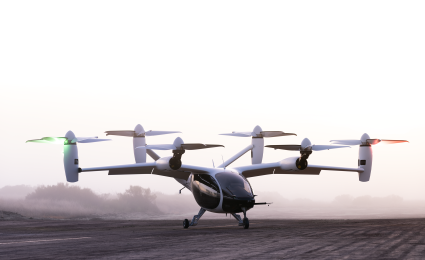


_person_144.png)